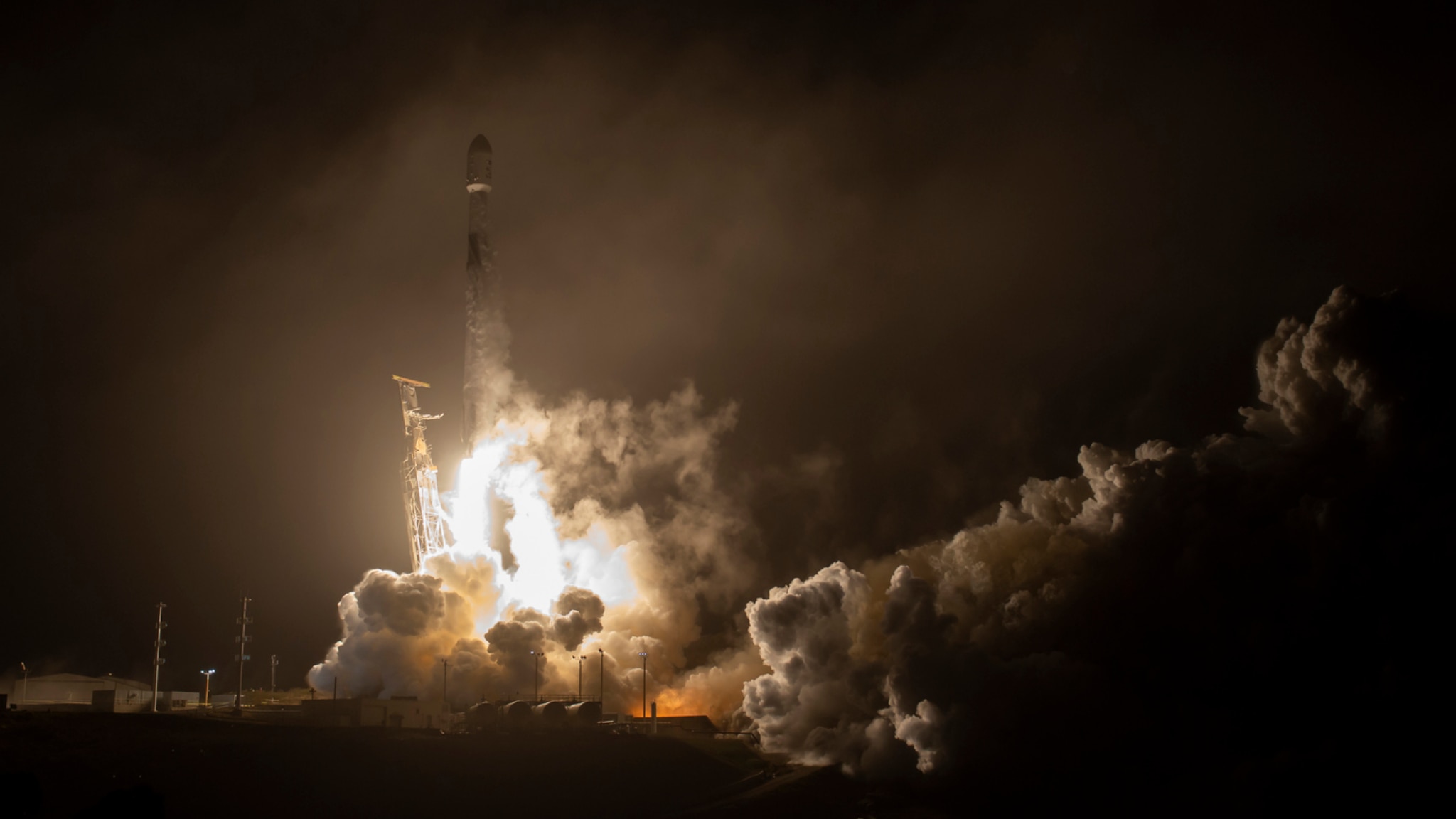The NASA rocket that is supposed to deflect the trajectory of two gigantic asteroids traveling in space left this morning at 7.21 am.
It is the test mission with which NASA experiments for the first time with a spacecraft capable of changing the trajectory of any asteroids that may threaten the Earth.
DART (Double Asteroid Redirection Test) aims to slightly alter the trajectory of Dimorphos, a 'moon' about 160 meters wide (twice the Statue of Liberty) that surrounds a much larger asteroid called Didymos.
The two orbit together around the Sun. The spacecraft's impact with its target is expected to occur in the fall of 2022, when the asteroid system will be 11 million kilometers from Earth, the closest point ever reached.
On board the carrier there is also an important all-Italian component: the LICIACube microsatellite will take off together with Dart to create a real photo shoot on the impact of the US probe with Didymos.
This is the first national mission in deep space, with objectives and stages of a program that for the first time will be aimed at active planetary defense and therefore at the verification of a defensive strategy against the potential dangers that can come from space.
The Italian Space Agency presents the operation from its headquarters in Rome, live on its website, simultaneously with the Argotec mission control center in Turin, together with the LiciaCube team, all Italian, which is coordinated by the National Institute of Astophysics (INAF) and also includes researchers from the Politecnico di Milano, the Universities of Bologna and the Parthenope University of Naples and the Ifac-Cnr of Florence.
Present Giorgio Saccoccia, president of ASI, Davide Avino CEO of Argotec, the astronaut of the European Space Agency Luca Parmitano and the famous designer Leo Ortolani.
Together they will unveil the LICIACube mission logo.
There are 10,000 known close-to-Earth asteroids 140 meters or more in size, but none have a significant chance of hitting the planet in the next 100 years.
Scientists think there are still another 15,000 similar objects waiting to be discovered.

